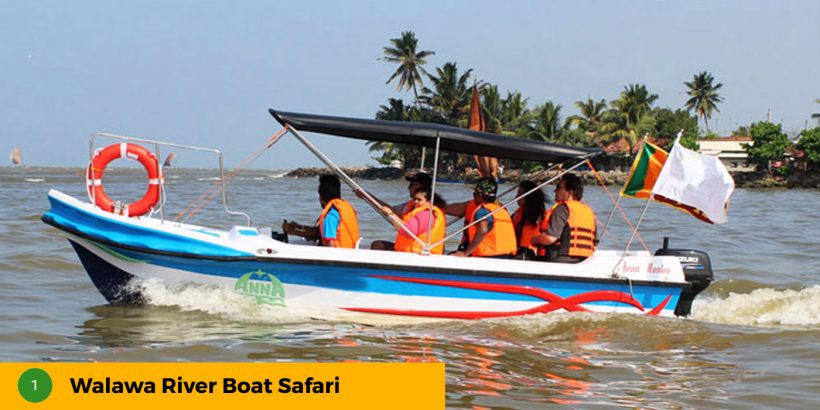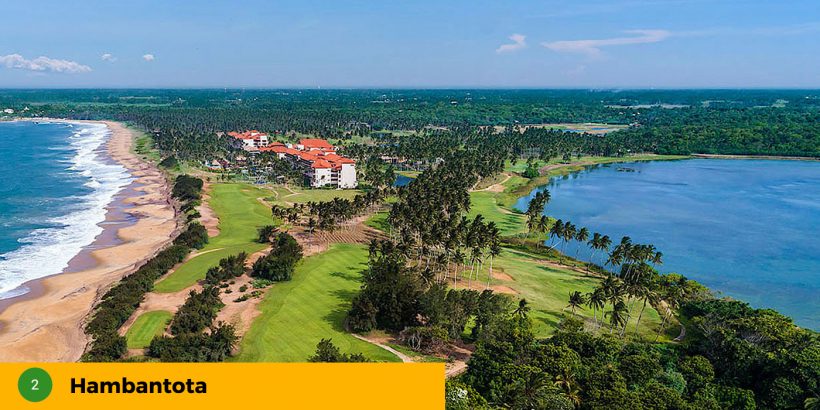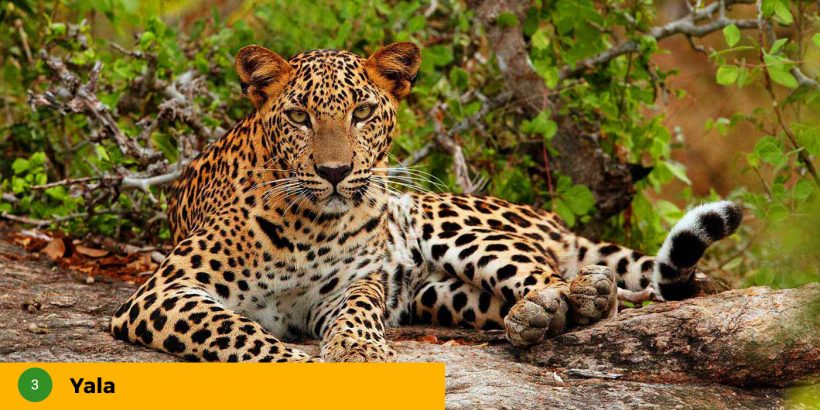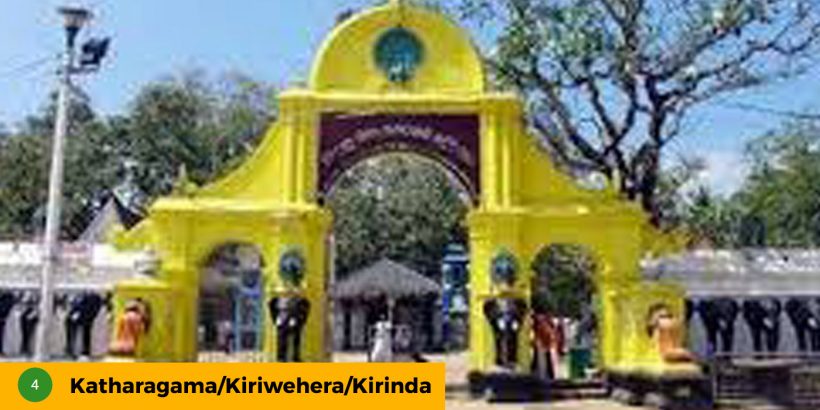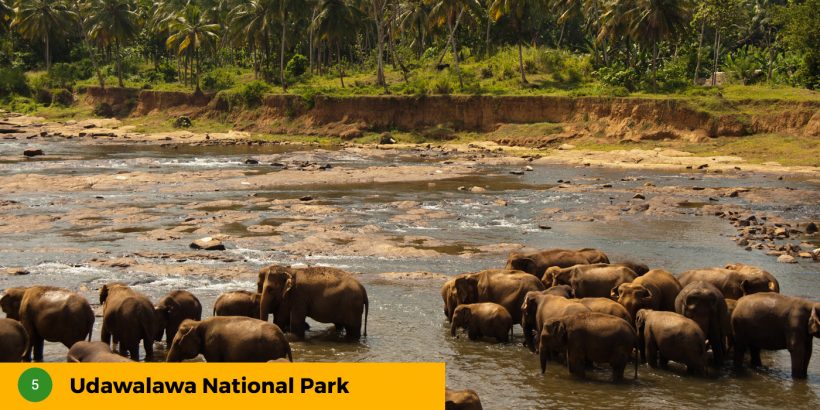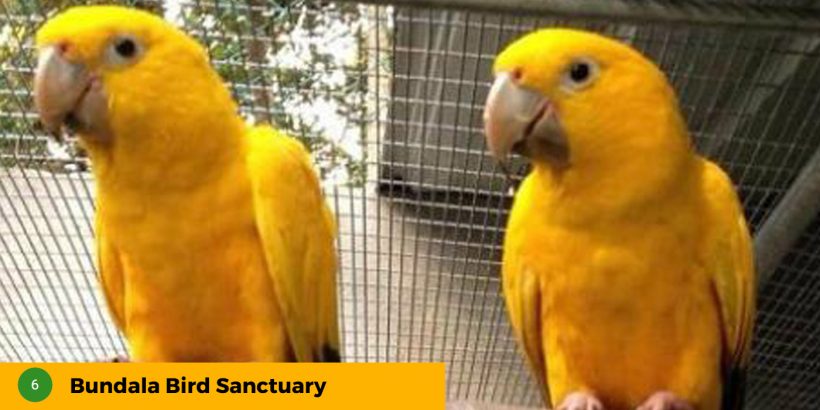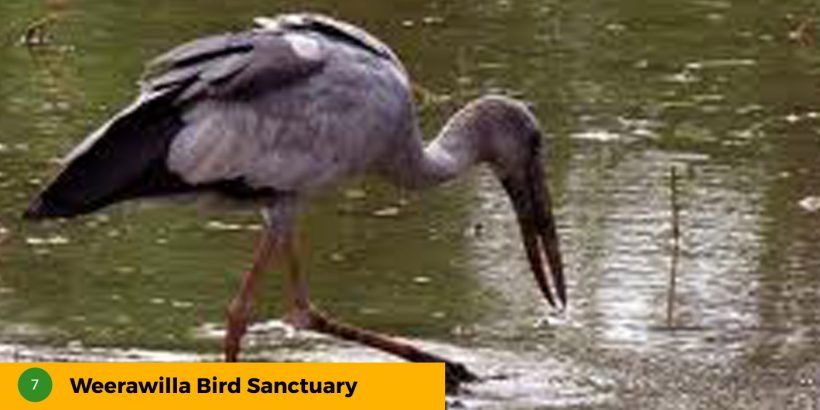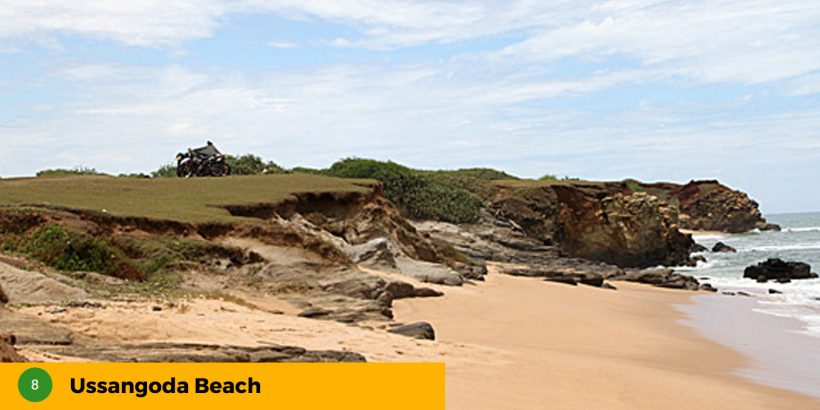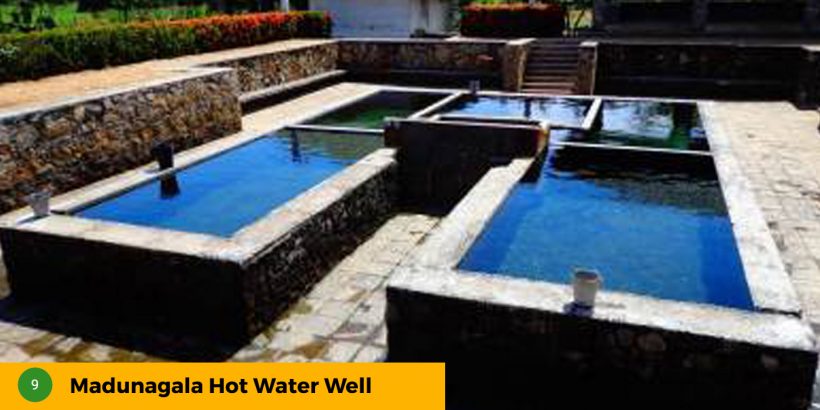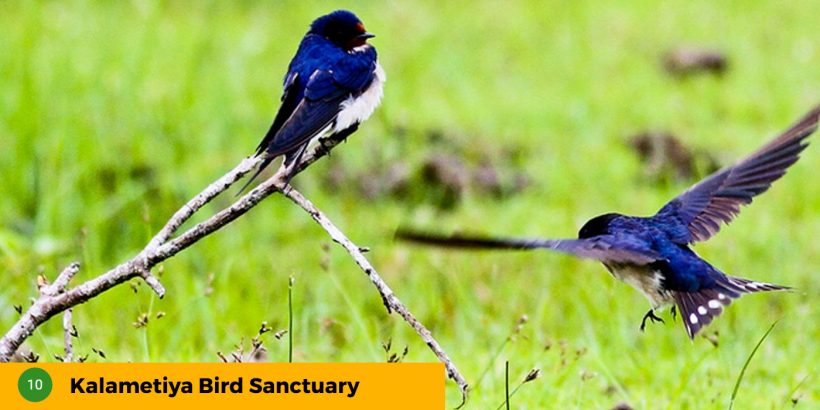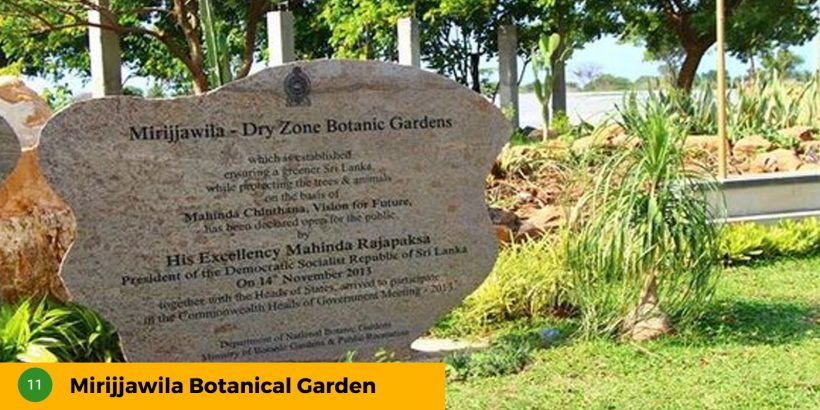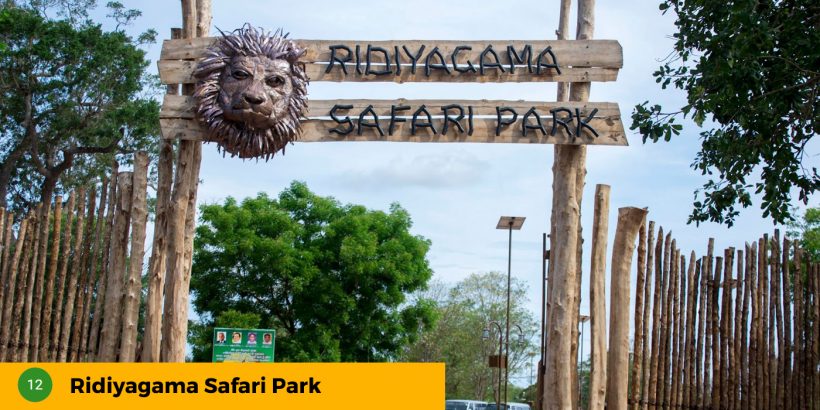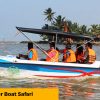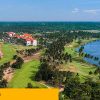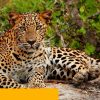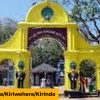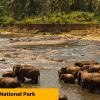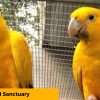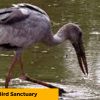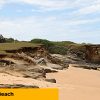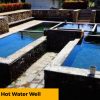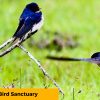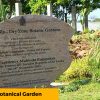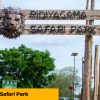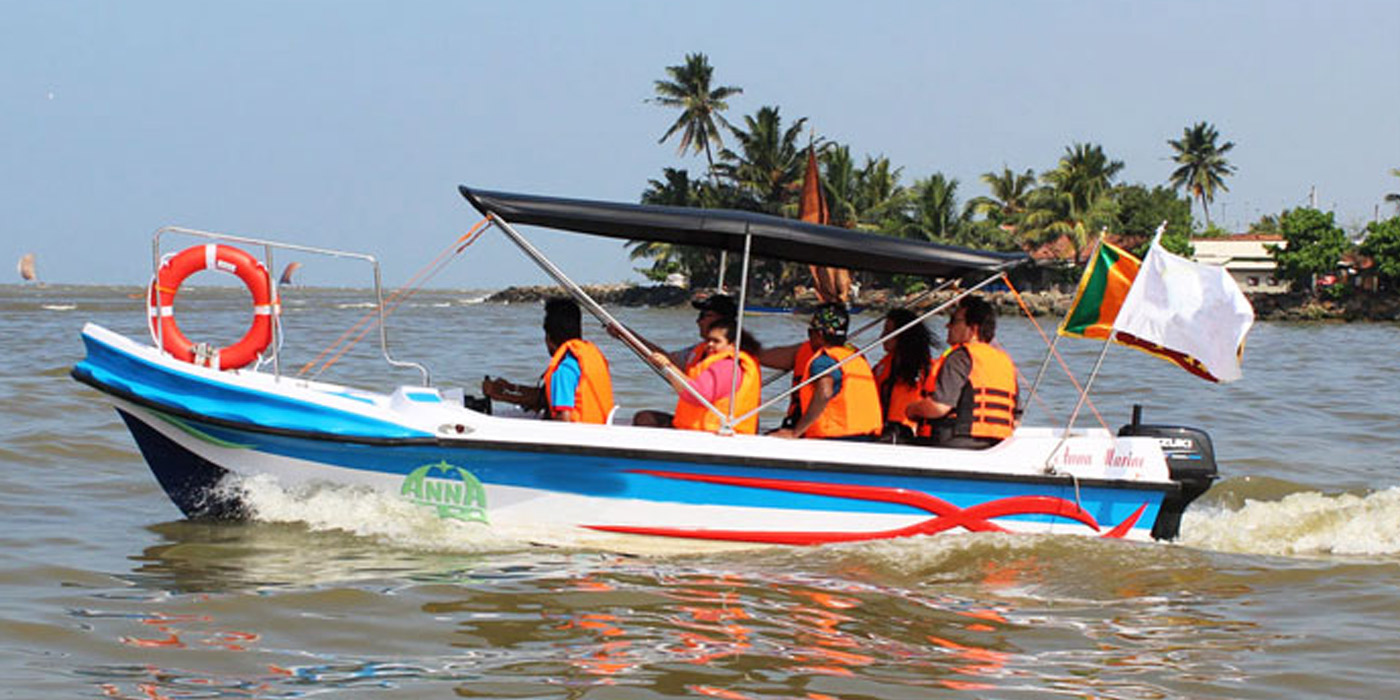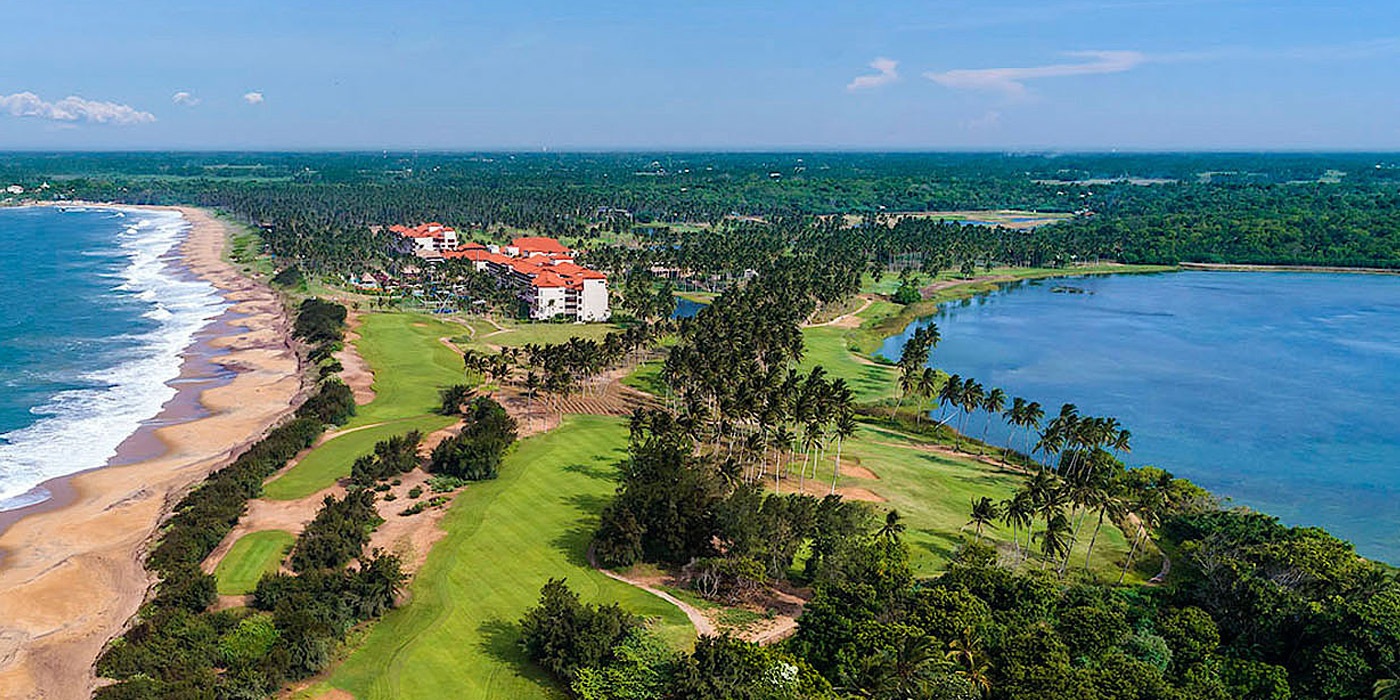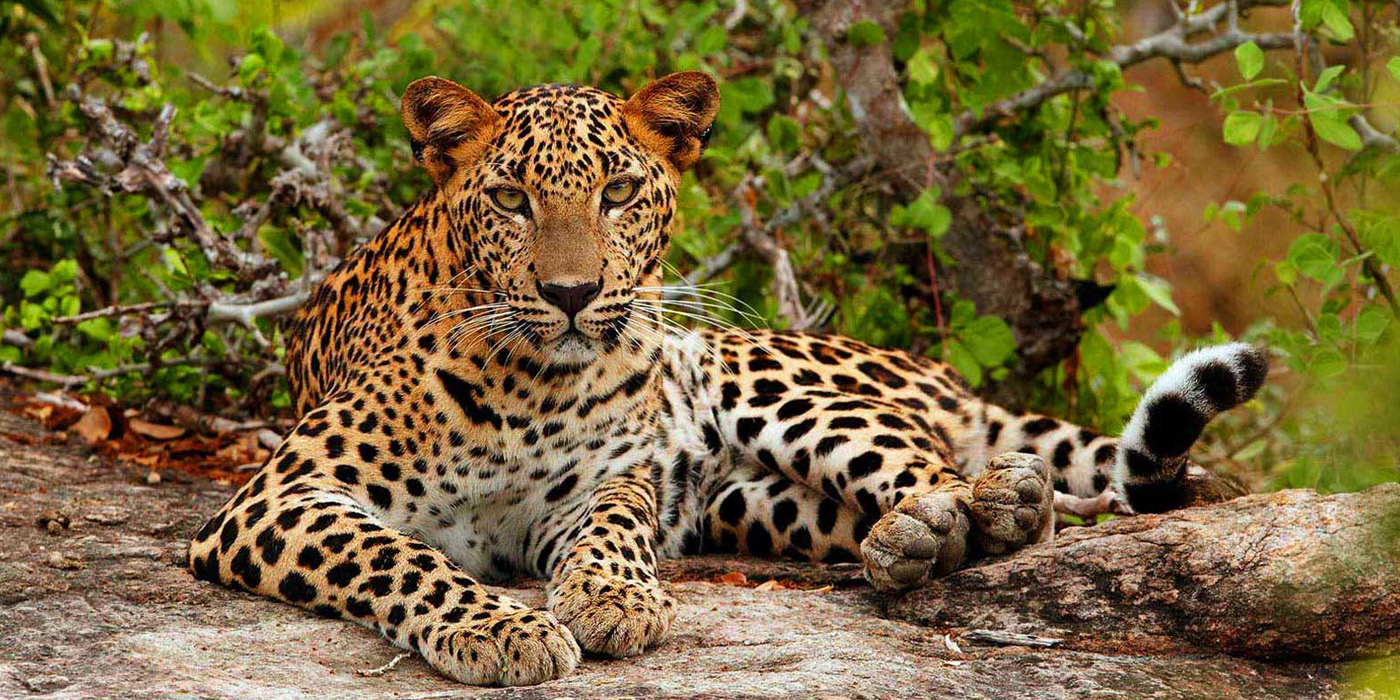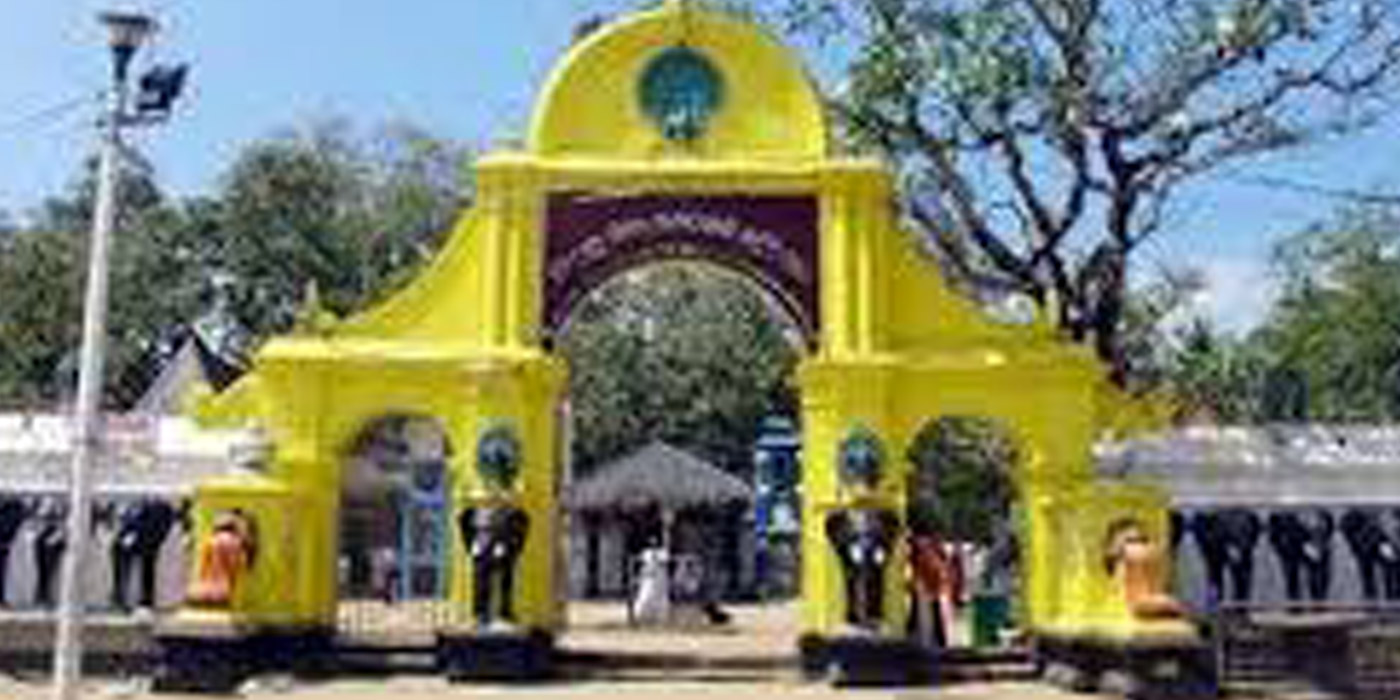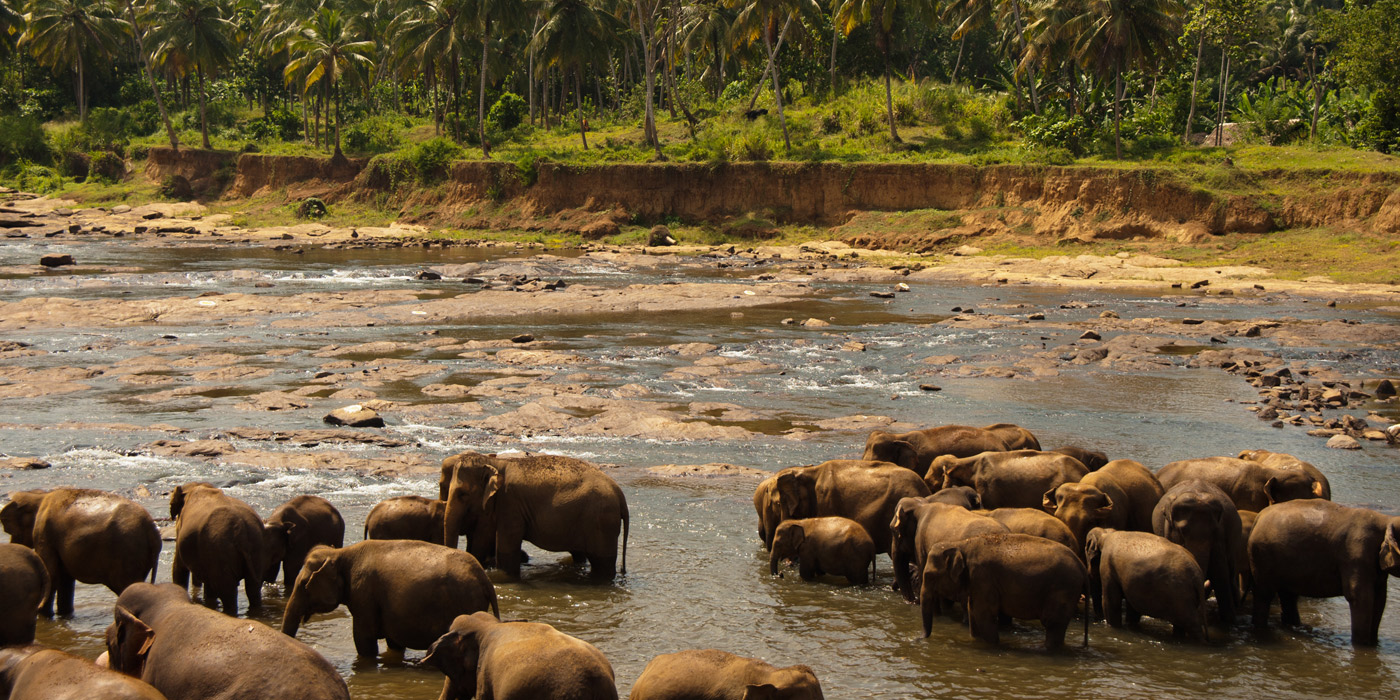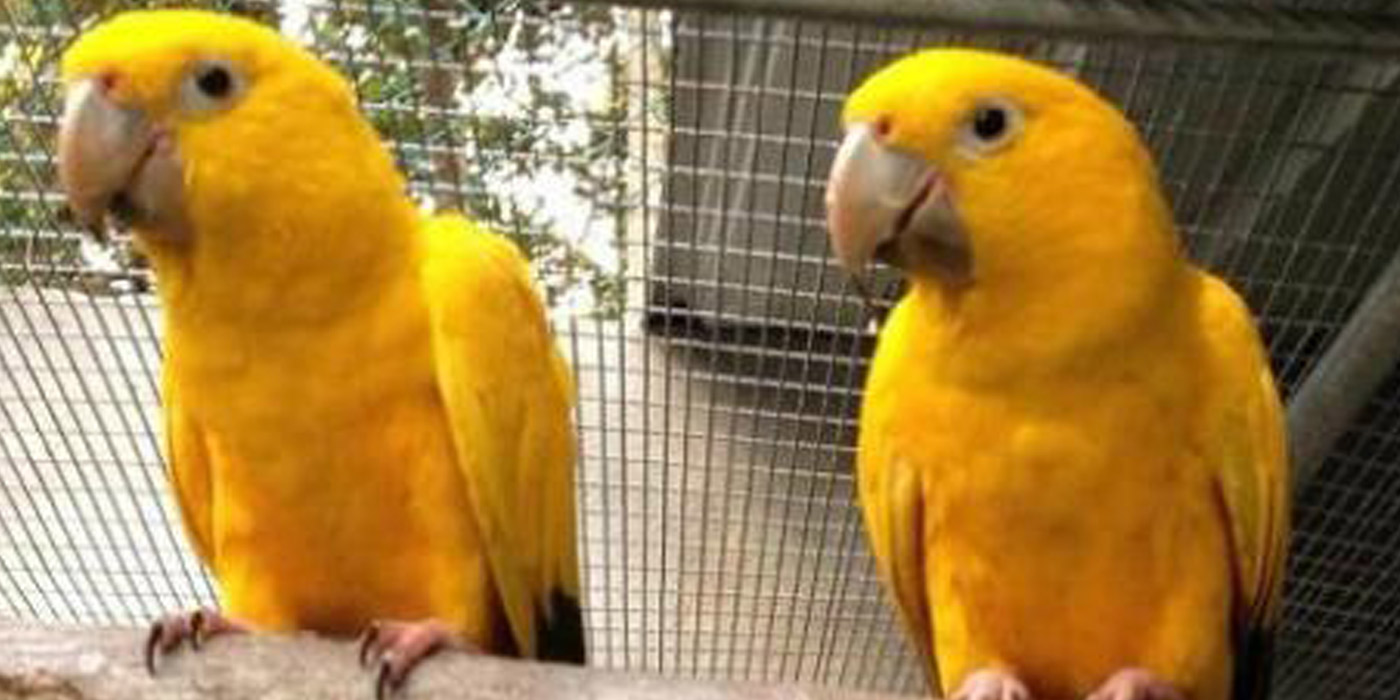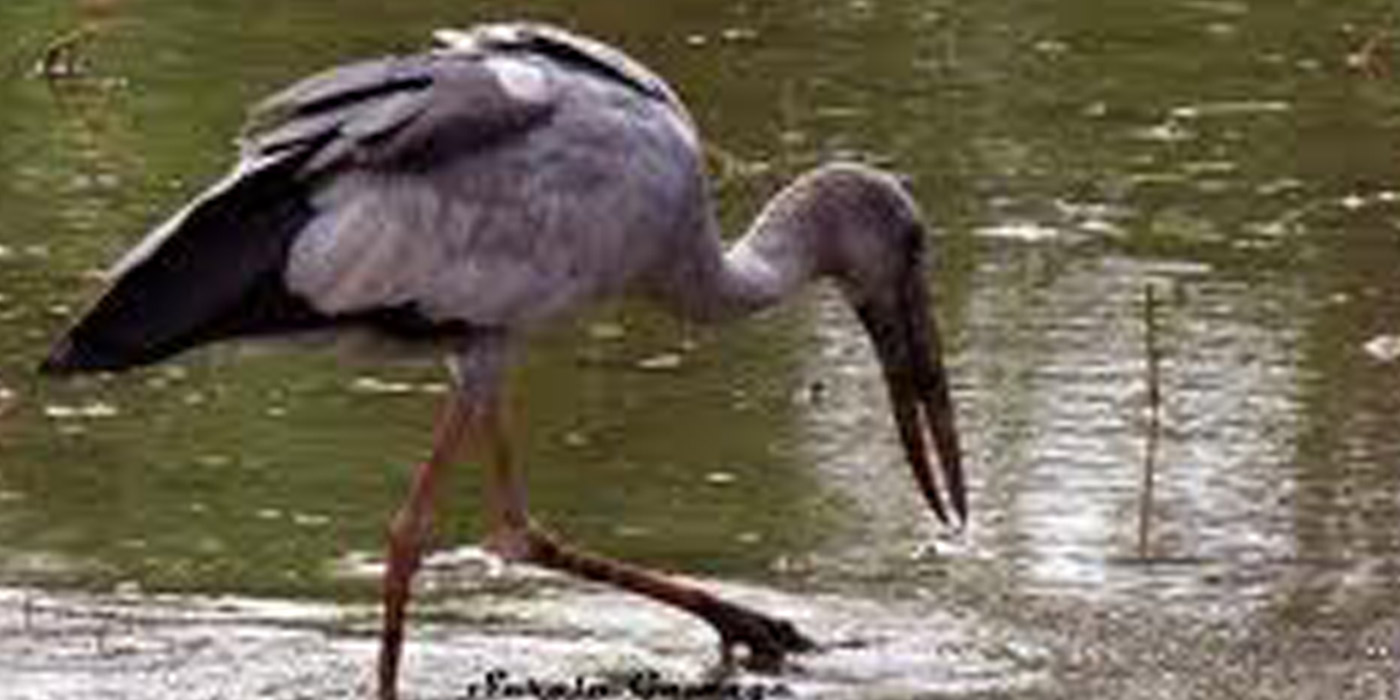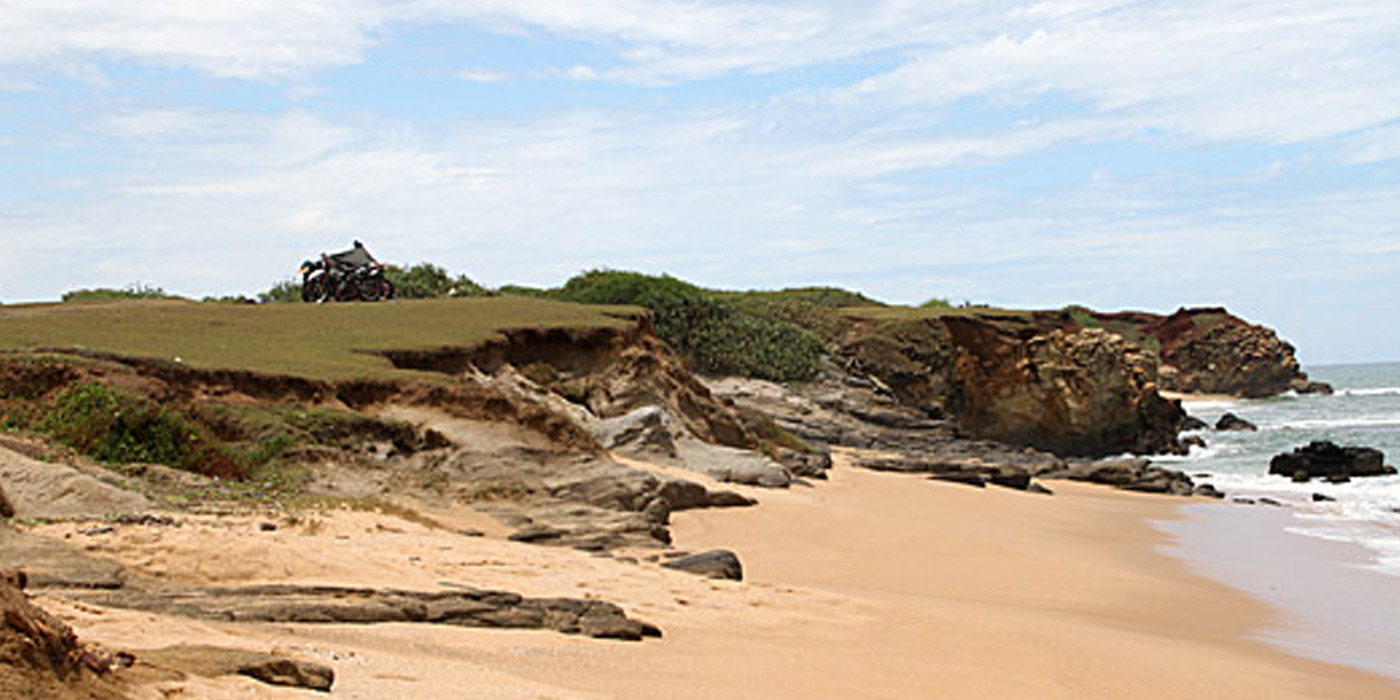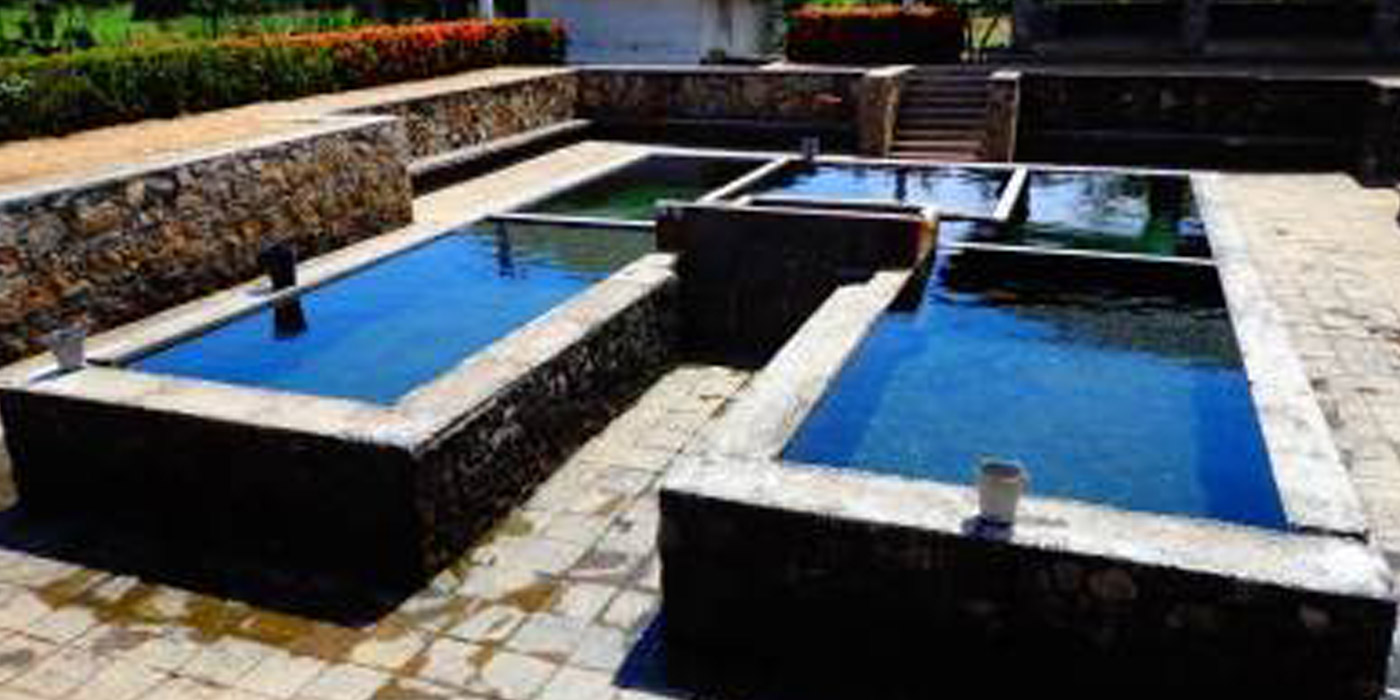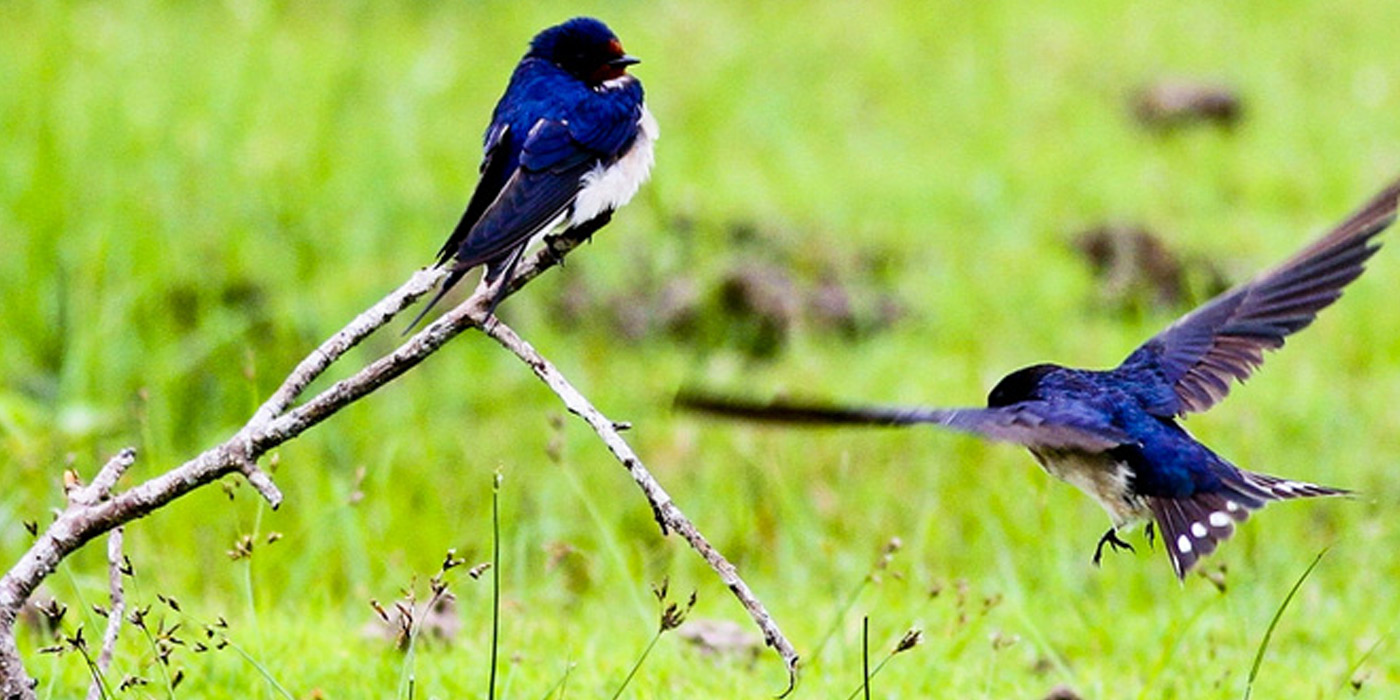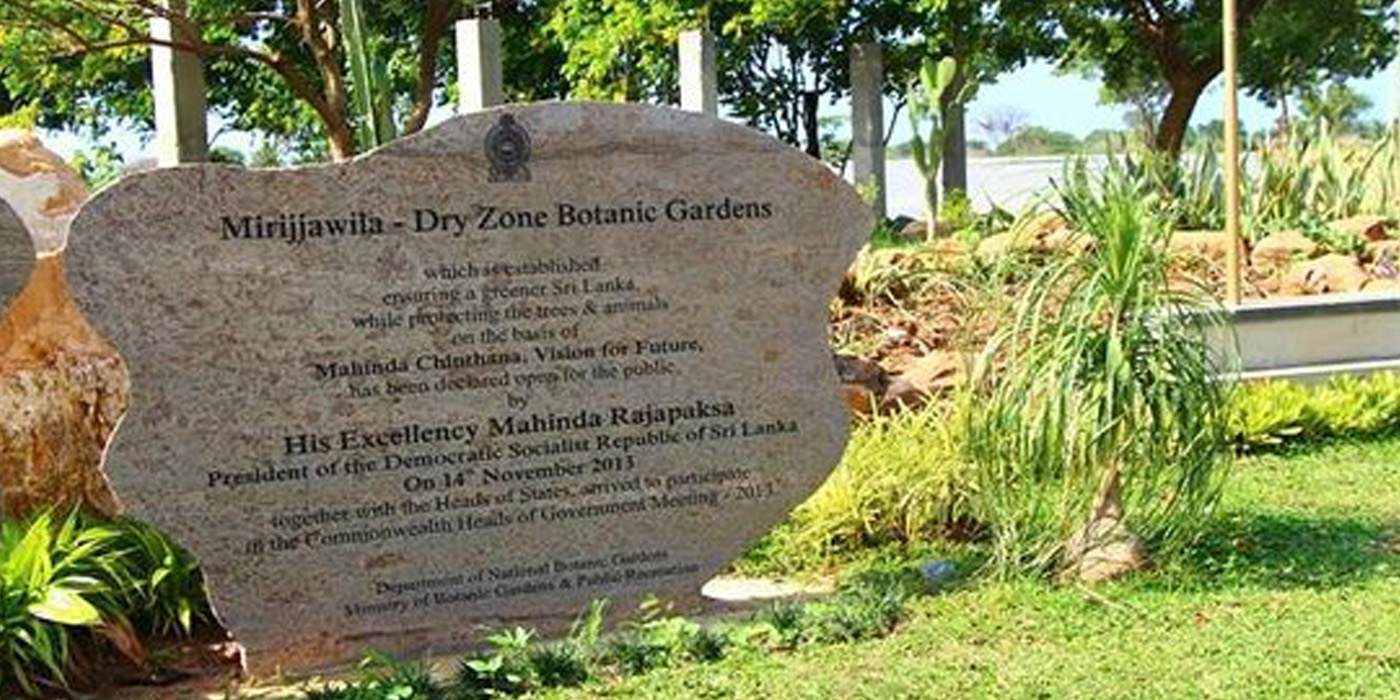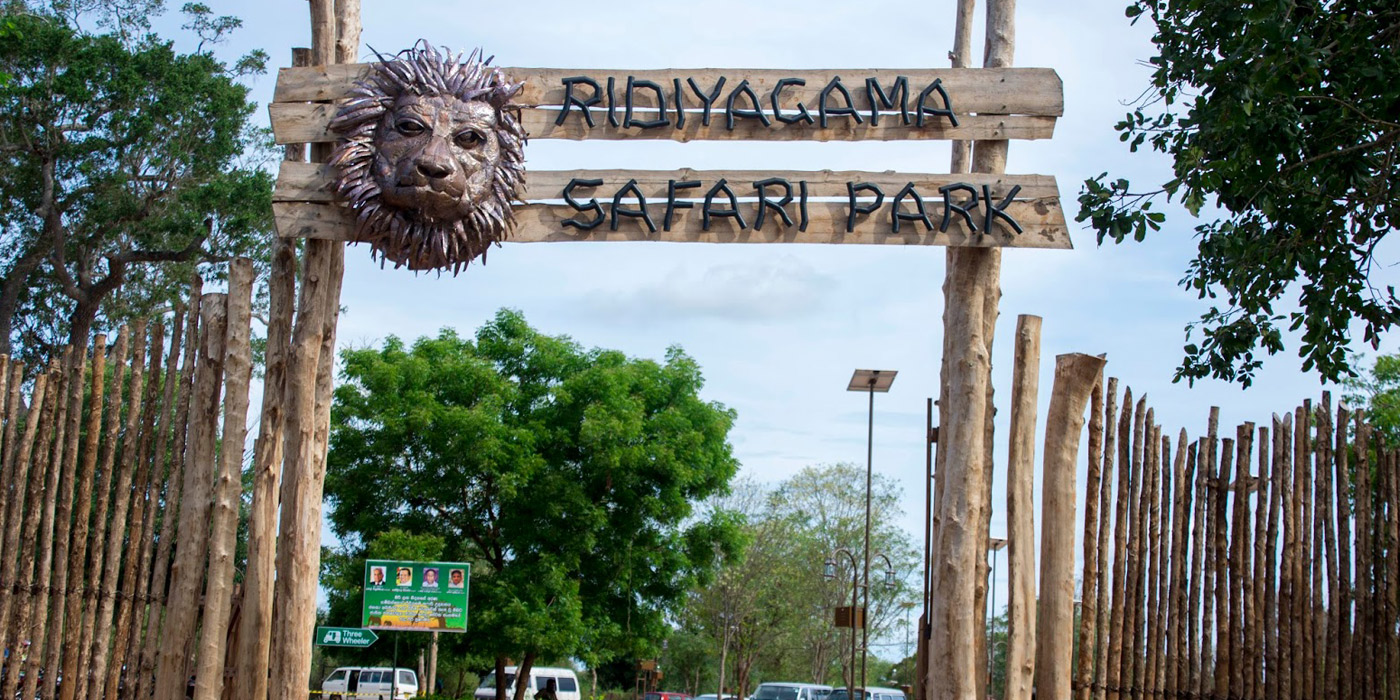Katharagama/Kiriwehera/Kirinda – $90.00 (8hrs)
Kataragama Temple
Katharagama is famous for the Hindu Shrine (Devale) and Dageba (Buddhist Pagoda – Kirivehera).
Katharagama God is indigenous and long-celebrated in Sri Lankan lore and legend, and originally resides on the top of mountain called Waedahiti Kanda just outside of the Katharagama town. Since ancient times an inseparable connection between the God and his domain has existed.
The Kirivehera Dageba which stands in close proximity to the Devale was built by the King Mahasena. According to the legend, the King met the Lord Buddha and listen to the Buddha’s discourse and as a token of gratitude, the Dageba was built on that exact spot where it now stands.
There are many puja stalls outside of the temple complex, it looks like any market place, but locals are selling the traditional marigolds, fruit, incense and a number of other religious items for tourists and locals to take into the temples.
Shopping at the Puja Stalls
There are many puja stalls outside of the temple complex, it looks like any market place, but locals are selling the traditional marigolds, fruit, incense and a number of other religious items for tourists and locals to take into the temples.
Kataragama Perahera Festival
The whole complex gets into full gear in July and August during the Kataragama festival. This is chiefly a Hindu event but it draws thousands of devotees from all faiths during the two weeks period. The rituals performed usually follow the same procedure; a bath in the holy Menik River, then wearing clean usually white clothes,the pilgrims make offerings or puja at the temples. It is a time to make vows and to perform penance. It would be strange to think of the Kataragama Festival without the heat and the noise associated with it. Conch shells and trumpets are blown and drums beaten to herald this important Hindu event.
Sella Kataragama Temple
A very nice temple which is nearby manik river creates a nice atmosphere. Outside of Kataragama is the small town of Sella Kataragama and the drive is pleasant and enjoyable. It is said that this is the place where God Kataragama first met his first consort Valli Amma.
Kirinda Viharaya
Kirinda temple is built on a cliff facing the sea where you get a beautiful panoramic view of the Indian ocean. right next to this historic temple is a lovely little beach, do visit it and find a chance to socialize with the locals.

